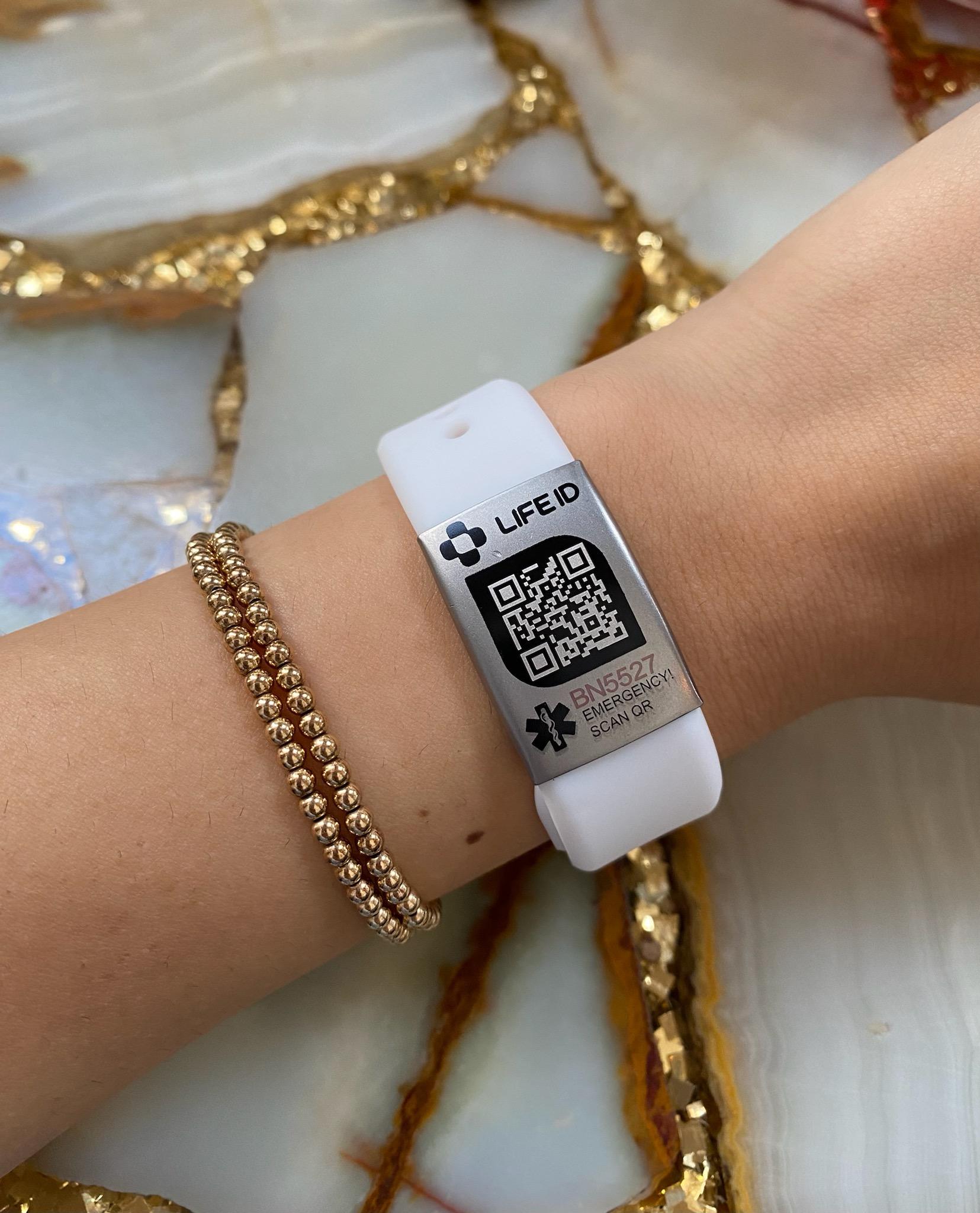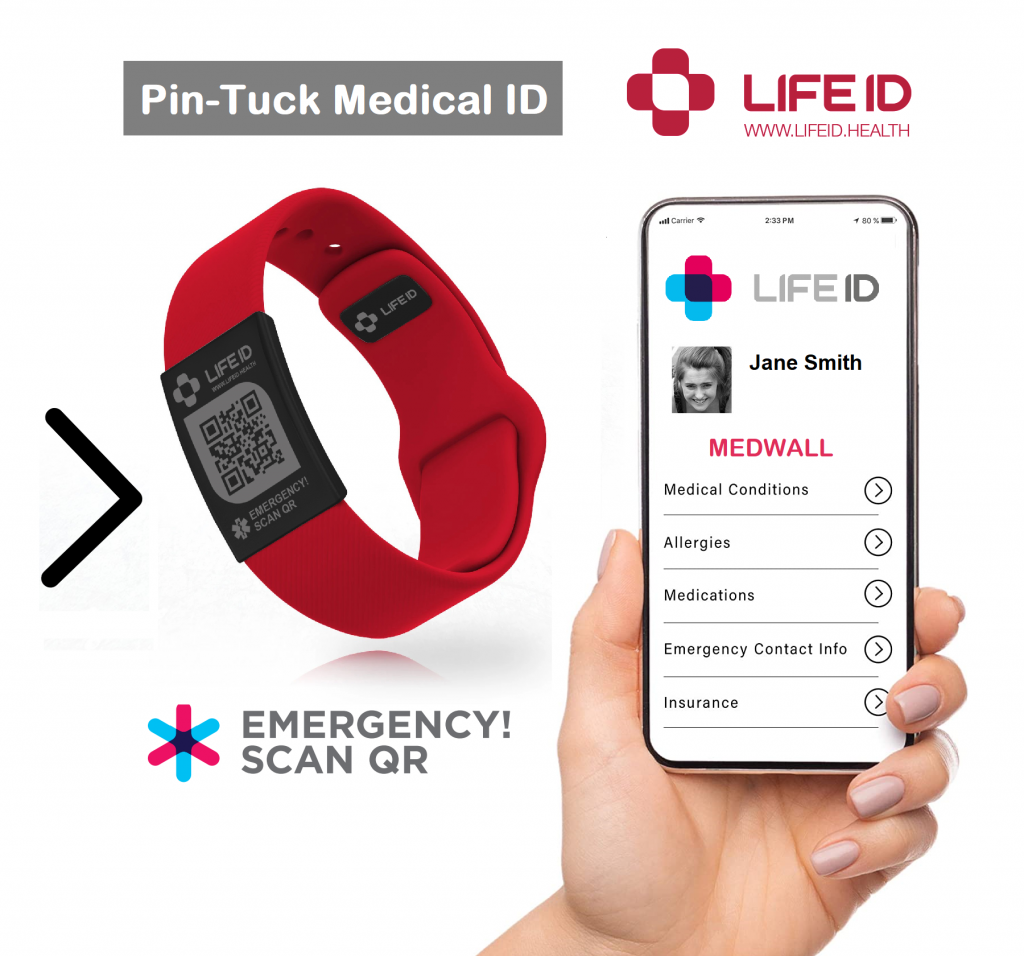
Where does cholesterol come from? A guide
The body produces the cholesterol it requires in the liver and intestines, so people do not need to consume it from foods. Keeping cholesterol levels within safe ranges may involve maintaining a moderate weight and limiting saturated fat intake.
Cholesterol levels need to be within healthy ranges to prevent heart disease and stroke. However, unless someone has a test, they may be unaware that they have high cholesterol. This is because it does not usually cause any symptoms.
This article explores what cholesterol is and where it comes from. It discusses different types of cholesterol, including how doctors test them and healthy ranges. Also, it looks at dietary and behavioral tips for lowering cholesterol and preventing heart disease.
What is cholesterol?
Cholesterol is a sterol, which is a type of lipid, or fat. This waxy, yellowish-white substance is crucial for building the membranes of every cell in the human body.
People’s bodies need cholesterol to make vitamin D and a range of hormones, such as testosterone and estrogen.
Where does it come from?
The liver and intestines make about 80% of the cholesterol in the body, as cholesterol is essential to proper bodily function. Only about 20% of the cholesterol in the body comes from the foods that a person eats.
What happens to cholesterol in the body?
The body carries cholesterol and other types of fat cells, called triglycerides, in the bloodstream.
Triglycerides are fat storage molecules that circulate around the body and serve as a source of energy. Both triglycerides and cholesterol are insoluble in water. Therefore, they need protein molecules called lipoproteins to transport them around the body in the blood.
The main types of lipoproteins that the body uses to transport lipids (fats) in the body are:
- Chylomicrons: These large particles transport dietary triglycerides and cholesterol from the intestine to the liver and other body tissues.
- Very low-density lipoproteins (VLDL): The liver produces these particles. Muscle and adipose tissues metabolize VLDL into low-density lipoproteins (LDL).
- LDL: Small dense LDL particles carry most of the cholesterol in the body’s circulation to the tissues. LDL enters the arteries, and free radicals can oxidize it, causing atherosclerosis.
- High-density lipoproteins (HDL): These particles play an important role in transporting cholesterol back to the liver, which helps prevent it from being deposited in arteries. HDL has antioxidant and anti-inflammatory properties, which can inhibit atherosclerosis.
Doctors measure these lipoprotein levels to help them look at a person’s overall risk of heart disease and stroke.
Because having too much LDL in the body can raise the risk of heart disease, people sometimes refer to it as “bad” cholesterol. Conversely, because having high levels of HDL cholesterol is beneficial, some people may call this “good” cholesterol.
Get our cholesterol micro-lessons to support you in making lasting lifestyle changes to manage your cholesterol levels. Our experts have gathered cholesterol-lowering tips into free weekly 5-min lessons.
Cholesterol tests
High cholesterol usually causes no symptoms, and the only way that someone can tell if their levels are healthy is to take a blood test.
How often to have a test
The American Heart Association (AHA) recommends that people without a family history of heart disease or other risk factors check their cholesterol levels once when they are aged 9–11 years and again when they are aged 17–21 years.
After the age of 20 years, the AHA suggests that people recheck their cholesterol levels and other risk factors every 4–6 years, as long as the risk remains low.
Those with a family history of heart disease should speak with a doctor about how often they need a cholesterol test.
Lipid profile
Doctors perform a lipid profile to check someone’s cholesterol. This test measures total cholesterol and triglycerides, as well as HDL and LDL levels. Laboratories use a measurement of milligrams per deciliter (mg/dl) to record a person’s test result.
Healthy ranges
According to the Centers for Disease Control and Prevention (CDC), healthy lipid profile levels are as follows:
| Total cholesterol | Less than 200 mg/dl |
| LDL cholesterol | Less than 100 mg/dl |
| HDL cholesterol | Greater than or equal to 60 mg/dl |
| Triglycerides | Less than 150 mg/dl |
When dealing with heart issues, it can be hard to filter out the noise and navigate your inbox. Healthline gives you actionable advice from doctors that’s inclusive and rooted in medical expertise.
How to lower cholesterol
The CDC and AHA provide the following tips to help people keep their cholesterol levels within a healthy range and lower their risk of heart disease.
Maintain a moderate weight
The CDC advises that overweight and obesity raise levels of LDL cholesterol. Excess body fat affects how the body uses cholesterol, slowing down its ability to remove it from the blood.
The combination of these factors increases the risk of heart disease and stroke.
Eat a healthy, balanced diet
The body makes all the cholesterol it needs, so people do not need to consume it from foods.
However, according to one 2018 review, consuming cholesterol from animal products does not cause cardiovascular disease. Instead, it seems to be saturated fat that increases LDL and the overall risk of heart disease.
Therefore, although eggs contain cholesterol, they are low in saturated fat and nutrient dense, so people can include them as part of a healthy diet.
Avoiding saturated fat and trans fat
To avoid saturated fat and trans fat, people should try to limit the following foods:
- red, fatty, or processed meat
- full fat dairy products, such as whole milk, cheese, and cream
- cakes, cookies, donuts, and pastries
- solid fats, such as margarine, lard, and shortening
- fried foods
However, people can include moderate amounts of healthy fats, such as olive oil and avocados, in their diet.
Get regular physical activity
According to the CDC, physical activity can help maintain a moderate weight and lower people’s cholesterol and blood pressure.
The CDC advises that adults should aim to get 2.5 hours of moderate intensity exercise every week. People can add to their activity levels by taking the stairs, walking to the store, or doing simple exercises during TV commercials.
Quit smoking
Smoking damages the blood vessels, and oxidized cholesterol can congregate in lesions, causing plaques in the arteries.
The CDC says that quitting smoking lowers a person’s risk of heart disease.
Limit alcohol intake
Alcohol raises blood sugar levels and, in turn, triglyceride levels. Therefore, there can be more fats circulating in the bloodstream, thereby increasing the risk of heart disease.
People should try to limit their alcohol intake to no more than two drinks per day for men and no more than one drink per day for women.
Consume phytosterols
Phytosterols are plant compounds that some people use to lower their cholesterol. People can consume phytosterols from whole foods, fortified foods, or supplements.
Plant sterols and stanols have a similar chemical structure to cholesterol, thereby preventing the intestine from absorbing cholesterol. In addition, foods such as fruits, vegetables, oils, and cereals naturally contain phytosterols.
Summary
The liver and intestines produce cholesterol to help make cell membranes, hormones, and vitamin D. Cholesterol is a crucial substance for health, but having too much of the wrong type can raise a person’s risk of heart disease.
People do not need to consume cholesterol from foods because the body makes all that it needs. However, consuming cholesterol in eggs is not harmful as part of a healthy diet.
To keep the risk of heart disease low, people should try to limit their intake of saturated fat, trans fat, and sugar in foods and beverages. They should also aim to maintain a healthy lifestyle that includes activity and limits alcohol intake.
People can ask a doctor for a cholesterol test, and they should do this on a regular basis, as high cholesterol rarely causes any symptoms.
Conclusion
We hope you found this article helpful. At LIFEID, we want to help keep you safe. That’s why we recommend one of our medical ID bracelets, Apple watch sleeves, or watch accessories, which can speak for you in the case of an emergency. Our medical IDs can also help keep track of your medications and inform your emergency contacts in an emergency as well. Find out more below:
ABOUT LIFE ID
The Ultimate Medical ID. More Than Just A Few Engraved Lines: Many health conditions require more than a couple words to explain. Each LIFE ID product links to your online profile where you can store unlimited medical information for free
Use Coupon Code 10BUCKSOFF And Get $10 Off Any LIFE ID Today!

